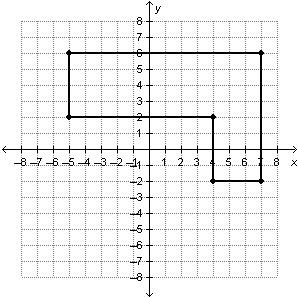
Mathematics, 23.04.2021 16:00 dontcareanyonemo
In the modules, we have discussed the equivalence between a 100% x (1 – a) confidence interval and a corresponding hypothesis test at level a. Perhaps you also recall computing, on Quiz 8, the margin of error for a 95% confidence interval for the true mean difference in LDL cholesterol reduction between men and women upon switching from an omnivorous diet to a plant-based diet for 6 weeks. Here we will conduct the equivalent hypothesis test. To determine the effects, researchers measured the LDL levels of 36 randomly selected men and 41 randomly selected women before and after spending 6-weeks on a plant-based diet. The researchers then subtracted the two values corresponding to each individual and found the mean reduction for each group. For men, the mean reduction in LDL was 13.3 mg/dl with a standard deviation of 1.3 mg/dl. For women, the mean reduction in LDL was 15.4 mg/dl with a standard deviation of 1.9 mg/dl. Both the scatterplots for the mean LDL reduction in men and women resemble a normal distribution. We will test H: M1 = My vs. H,: M1 = M2. Compute the test statistic of interest (women-men), accurate to three digits beyond the decimal point.

Answers: 1
Another question on Mathematics

Mathematics, 20.06.2019 18:04
What does it mean by solve the exponential equation for x?
Answers: 1


Mathematics, 21.06.2019 23:30
(c) compare the results of parts (a) and (b). in general, how do you think the mode, median, and mean are affected when each data value in a set is multiplied by the same constant? multiplying each data value by the same constant c results in the mode, median, and mean increasing by a factor of c. multiplying each data value by the same constant c results in the mode, median, and mean remaining the same. multiplying each data value by the same constant c results in the mode, median, and mean decreasing by a factor of c. there is no distinct pattern when each data value is multiplied by the same constant. (d) suppose you have information about average heights of a random sample of airline passengers. the mode is 65 inches, the median is 72 inches, and the mean is 65 inches. to convert the data into centimeters, multiply each data value by 2.54. what are the values of the mode, median, and mean in centimeters? (enter your answers to two decimal places.) mode cm median cm mean cm in this problem, we explore the effect on the mean, median, and mode of multiplying each data value by the same number. consider the following data set 7, 7, 8, 11, 15. (a) compute the mode, median, and mean. (enter your answers to one (1) decimal places.) mean value = median = mode = (b) multiply 3 to each of the data values. compute the mode, median, and mean. (enter your answers to one (1) decimal places.) mean value = median = mode = --
Answers: 1

Mathematics, 22.06.2019 00:30
3c2 + 2d)(–5c2 + d) select all of the partial products for the multiplication problem above.
Answers: 2
You know the right answer?
In the modules, we have discussed the equivalence between a 100% x (1 – a) confidence interval and a...
Questions





Social Studies, 03.01.2020 01:31


Biology, 03.01.2020 01:31












Computers and Technology, 03.01.2020 01:31





